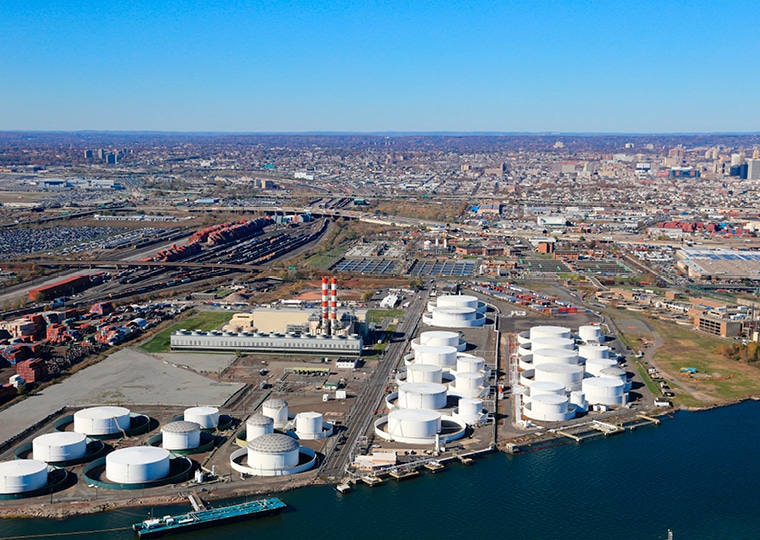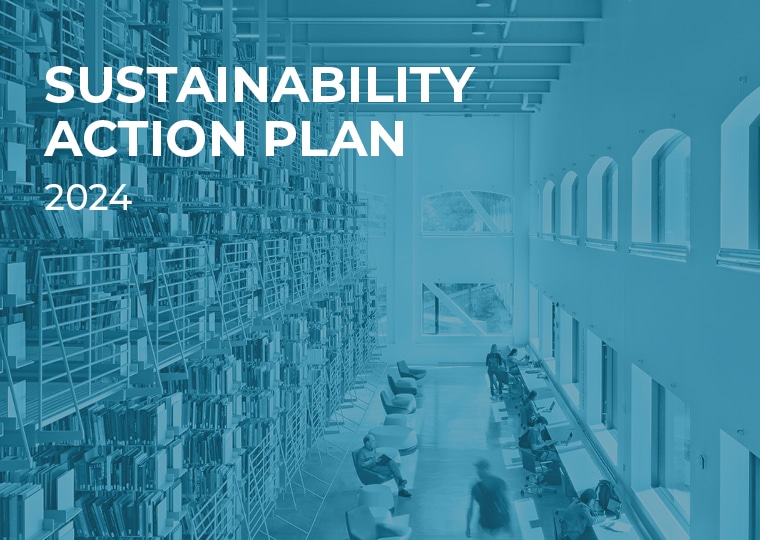
While transportation agencies are rapidly working towards establishing more targeted equity and climate resilience goals to better protect public infrastructure against the effects of global climate change, the approach to track progress against these goals and targets is still in its infancy. This disconnect not only prevents agencies from performing internal checks and balances to more effectively improve climate resilience and equity features, it also prevents riders and surrounding communities from understanding how equity and climate resilience commitments progress.
Recently, we piloted a first-of-its-kind study with one of our largest transportation clients to examine this industry-wide gap for equity and climate resilience metrics in the design and construction phase of projects. For this study, climate resilience was defined as a system’s ability to recover from an acute extreme weather event (i.e., storm surge or flooding event) or to anticipate and respond to future climate condition scenarios (i.e., increasing temperatures, sea-level rise, or changing precipitation patterns). To define equity, we incorporated a range of themes in our analysis, including equitable processes and outcomes, affordability/income, race/ethnicity/language, gender, disability, age, school/employment, and the environment/built environment.
After conducting a baseline analysis of written resilience-, sustainability-, and equity-related documents, a series of stakeholder interviews, and workshops with the client, we developed a set of 21 preliminary metrics to measure the client’s ability to incorporate climate resilience and equity features in its portfolio of projects. It became evident that few equity or climate resilience targets previously existed within agency, state, and local plans and regulations, making our study all the more significant. We then recommended ways for resilience and equity to be enhanced at the project-level through the implementation of procedural changes within the agency.
Measuring performance through appropriate metrics is a critical component of meeting established goals, particularly over longer timeframes. In the sustainability realm, cities and agencies have been setting specific numerical targets and corresponding metrics to track progress for decades through greenhouse gas emission inventory systems. In contrast, in the climate resilience space, the industry is still lacking cohesive strategies, targets, metrics, and tracked data.
At STV, we have national resilience resources that prioritize incorporating this kind of higher-level systems thinking for resilience capacity building. Beyond outcomes-oriented resilience work, such as designing floodwalls and other structural interventions to keep out climate hazards, we emphasize process-oriented resilience, attending to the possibility of making larger changes to the system. Measuring resilience is fundamental to our process-oriented resilience capacity-building efforts.
For instance, when working with our transportation clients, we consider the way the transit system is intricately linked to utilities and user interactions. We identify owners’ and users’ desired behavior of the system and adapt our response accordingly. Once the desired behavior is articulated and resilience goals are established, we develop metrics to measure performance against those goals. Beyond designing resilient infrastructure, at STV, we apply resilience thinking to future-proof our work.

Breanna Gribble, CHMM, ENV SP, WEDG, is a senior resilience manager who has more than 12 years of experience providing expertise related to sustainable design and multi-hazard resilience improvement programs for a wide variety of project types. She was recently recognized for her achievements by Building Design + Construction Magazine as a member of its 40 Under 40 Class of 2022.






